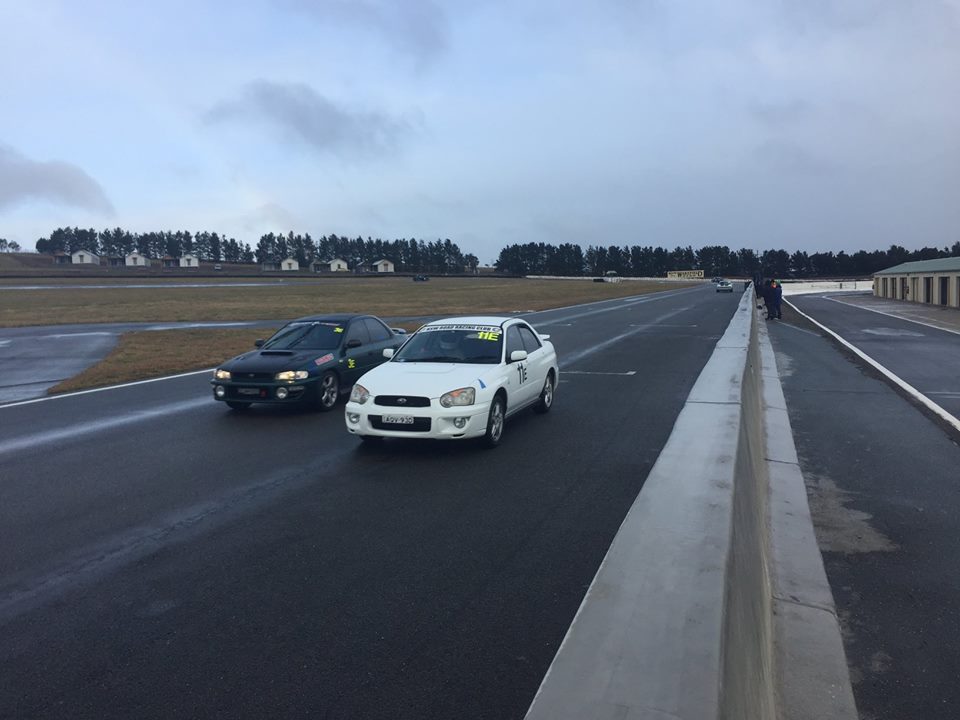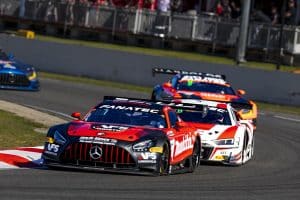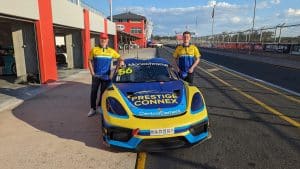While my passion for motorsport is blindingly obvious to all those who know me, road safety has also been an interest of mine for quite some time, and an area I’m looking forward to exploring more seriously in 2017.
In particular, I’m interested in promoting motorsport as a pursuit with the potential to deliver real road safety benefits, especially for young drivers.
Drivers below the age of 25, or those who hold provisional licences, continue to be over-represented in crash statistics (you’ll notice I use the word “crashes” as opposed to “accidents” – an accident is an event without an apparent cause, and crashes always have a cause).
In most years, drivers under 25 make up anywhere between 20-30 per cent of fatalities, despite only totalling 15 per cent of road users – so it’s a disproportionate representation.
A lot of the reasons for this are well-documented, and include inexperience, overconfidence and intentional risk-taking. Another, less considered reason for the over-representation of young drivers in crash statistics is that they are, on average, in the least-safe cars on the road – the ones most unlikely to be equipped with either active safety features (such as ABS brakes, stability control or autonomous emergency braking – things that minimise the chances of a crash occurring) or passive safety features (such as airbags – things that protect a vehicle’s occupants once a crash has already happened).
There’s no easy way of combating this last factor as economic realities dictate that the youngest people are the ones earning the least money and therefore the least likely to afford a new car with the latest safety technology, but the regulators have been trying for years to address the other three factors… and they have largely missed the mark.
In particular, the attempts of the authorities to stop young people deliberately driving in a risky manner on the road have been well-intended, but in many cases they haven’t been successful because they haven’t clicked with the thought processes of the target age group.
I’m 28 now but I can still remember the thrill of getting my licence and driving for the first time. As one of the more socially conservative people in my age group, I was always very conscientious about driving safely but a lot of people I knew had a far less diligent attitude.
People in their late teens or early 20s are experiencing a lot of freedom for the first time. Up to this stage, their lives have been a constant stream of being told what to do by older people. Advertising campaigns with a negative message, or a paternalistic tone, are going to be limited in their effectiveness.
New drivers often drive in a risky manner (i.e. faster than they should, beyond the limits of adhesion or leaving themselves with little margin for error) because of the adrenaline rush – it feels good! It also allows them to “show off” to their peers their perceived skills in handling a motor vehicle.
There is nothing fundamentally wrong with wanting to experience the thrill of this high-risk driving – the problems arise when people engage in this sort of driving on public roads, where the lack of systematic protection puts lives in danger.
This is where motorsport comes in. Young drivers need to be given a greater level of encouragement to experience the adrenaline rush of driving on the limit in a controlled environment. Promoting the various motorsport disciplines – club sprints, circuit racing, drifting, even burnout competitions – as a means of experiencing this feeling in a safe place is far more likely to cut through to the younger demographic than another “shock-horror” style negative advertising campaign.
Why isn’t this promotion of motorsport by the authorities already happening? There are a few reasons.
Firstly, participation in motorsport is seen, by some regulators, as more likely to encourage high-risk behaviour on the road. The powerful counter-argument to this is that young people are probably going to engage in risky behaviour anyway, so channelling them into a controlled environment means there’s less chance of them hurting themselves or others.
Secondly, we – as a motorsport community – haven’t done a good enough job of engaging with the key decision makers (politicians) and educating them about the road safety benefits of motorsport. For the ongoing success of our industry, we have a responsibility to make more of an effort in this area. Hopefully this article sparks some enthusiasm from my colleagues and we can start hammering the key MPs and their offices with correspondence.
And finally, recognition by the government that motorsport has road safety benefits would mean admitting that a lot of the previous approaches have been unsuccessful. It would also mean accepting that there would be better value for taxpayer dollars derived from investing in permanent facilities that can be used by the wider community all the time, rather than temporary street circuits that can only be used by a tiny proportion of the motorsport community, once a year. But that’s another topic for another day…




